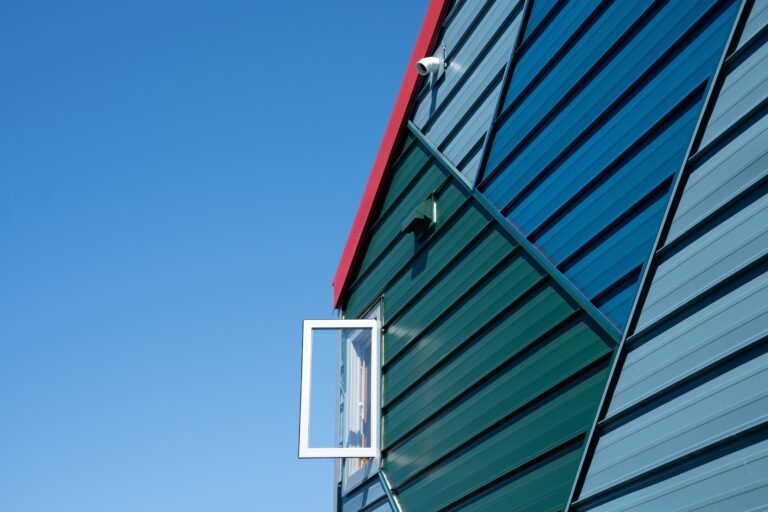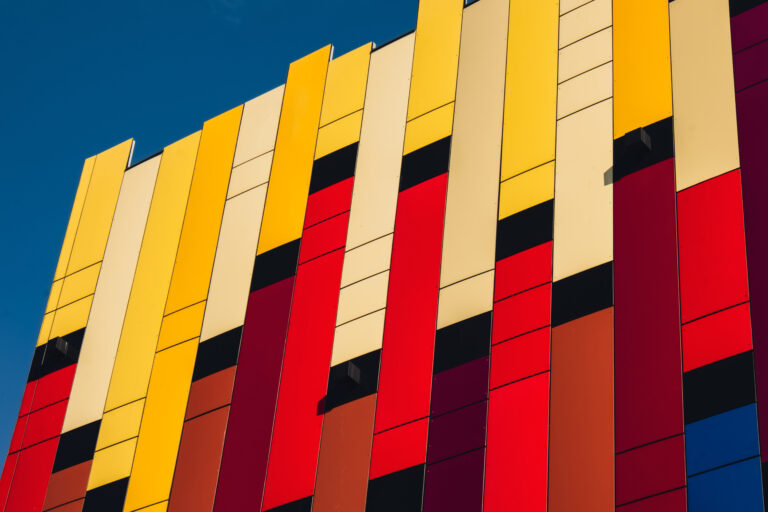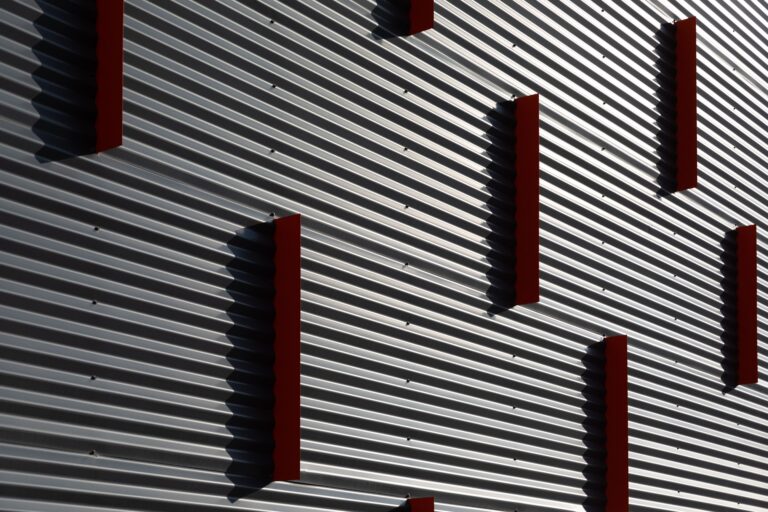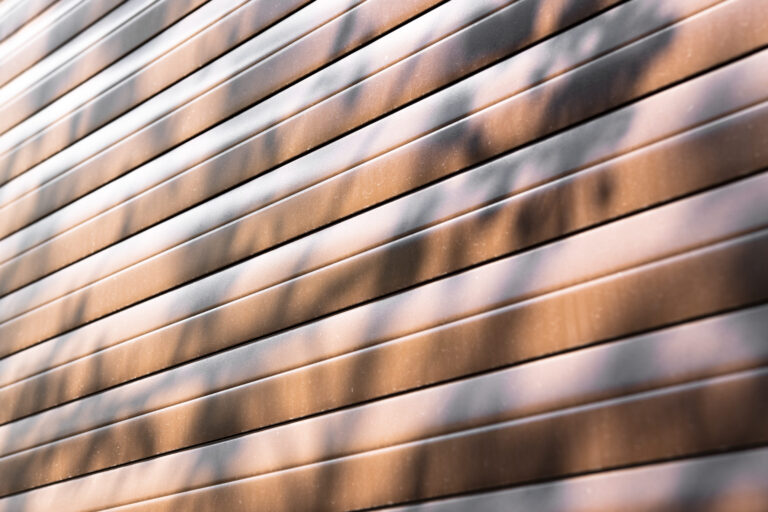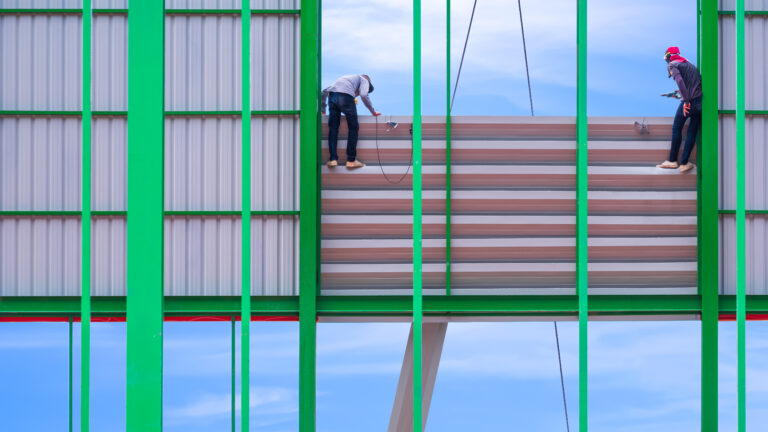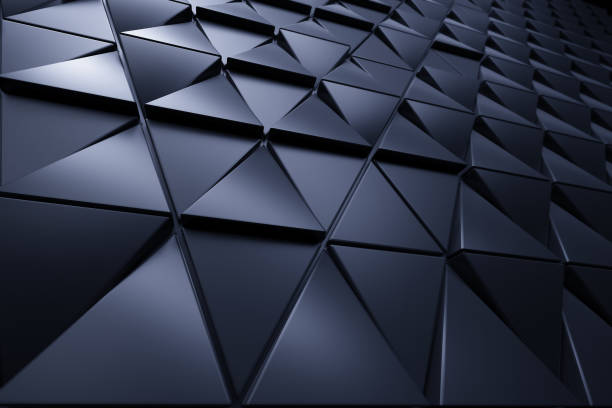Aluminium Composite sheets offer many advantages for builders, designers and architects and more and more of them are using these sheets nowadays. This article will highlight some of these sheets’ features.
What are Aluminium Composite Sheets (Alucobond)?
Before the pros and cons of aluminium composite panels are discussed, let us briefly have a look at what these sheets are exactly.
The sheet is a plastic core covered with 2 aluminium sheets. Usually, polyethylene is used as the core material. The composite sheets are widely used as panel cladding because – apart from other advantages – they are lighter than the same thickness single aluminium sheets and are normally available at a lower price than aluminium sheets.
All over the world, “Alucobond” is seen as the original aluminium composite sheet. According to many aluminium providers, Alucobond Australia is also the leading composite material used in this country.
Frequent uses
Frequent uses for these sheets include the following:
1. Outdoor and indoor cladding
They are often used for outdoor canopies, facades and overhangs because they are ideal to cover vast areas. Indoors they are used for cladding built-in table tops, wall panels, and false ceilings.
2. Signage, advertising boards, structures
Because of their weather-resistant capabilities, they are often used for permanent outdoor signage, as well as for more temporary structures such as pop-ups.
3. Creation of furniture
Cabinet makers often use these sheets in modular kitchens and for the creation of other cabinets because they are so easy to shape and cut and available in different finishes.
4. Cladding of vehicles
In the transport industry, ACP sheets are widely used for cladding bus bodies, trains and other vehicles.
Specific advantages
There are several more advantages when using Alucobond composite sheets. Apart from the Alucobond cladding price which is usually much lower than plain aluminium sheets of the same thickness, the following are some other important advantages:
- The sheets are available in different colours and finishes.
- They are available in 6mm, 4mm and 3mm thicknesses.
- They are lightweight and can be perforated, bent, folded and turned easily without any risk of cracking.
- They are ideal for extreme weather conditions.
- Apart from their aesthetic characteristics the sheets enhance the insulation of buildings and are resistant to UV rays, fungi and termites.
- The sheets are completely recyclable and contain only lead-free materials. Thus the sheets are environment-friendly.
- Last, but not least, it is easy to clean the sheets.
Conclusion
These composite sheets are cost-effective and architects and designers use them for cladding and customising applications – in the industrial environment, as well as in and around the house.



